| Yamaha YDPV240 |
UPDATED REVIEW – October 1, 2019 – The Yamaha DGX650 is being phased out and replaced by the new DGX660.
Like the DGX650, the DGX660 comes with the stand although the 3-pedal
unit and bench are optional and an additional cost. The new 2016 DGX660 is available in an attractive black or white cabinet finish
instead of the old fashioned wood tone finishes, and the piano sound
& digital features (along with connectivity) is upgraded for
around the same selling
price as the DGX650 was before. Since the
current model higher priced ($1999 internet price) furniture cabinet
model YDPV240 is basically the same piano as the much older DGX640 except in a more traditional furniture cabinet with a better
internal speaker system, I would recommend to NOT buy the YDPV240
until
that model is discounted and comes down in price as it will no doubt be
replaced by a new YDPV260 (or whatever Yamaha will name it) for probably
around the same regular internet price as the YDPV240 is now. I
don’t have any actual info on the replacement model number &
price or cabinet finishes for the replacement of the YDPV240.
Essentially both the old YDP640 & YDPV240 are the same as far as controls, sounds, and electronics with one being portable and the other in a furniture style cabinet. The YDP181 (which should also be replaced fairly soon based on my best guess because it’s been out for awhile) is a much more basic piano although it does have a better key action and piano sound than the other two including the newer versions. Yamaha makes reliable and fun to play digital & acoustic pianos and for many years I have played them professionally and enjoyed them very much. They are generally very well built and have a big following among musicians and families. The Yamaha company started in Japan in 1887 founded by Mr. Yamaha, and built their first Japanese piano in 1900 (over 100 years ago). They were a piano company long before they started producing motorcycles, wave runners, ATV’s, snowmobiles, tennis rackets, golf clubs, speakers, stereo’s, etc.
 |
| Yamaha YDP181 |
Yamaha has a well known and respected name in the music industry and it is well deserved. The YDP-V240 (top left pic) is internet priced at $1999, the YDP181 (middle left pic) is selling for $1699, and the DGX660 is selling for $799 (incl stand) and is The DGX660 is improved over the previous model (DGX650) by having a better piano tone (especially important) and nicer cabinet. However, it still uses the basic lighter weight GHS key action as does the YDPV240. I have played this key action many times on various lower priced Yamaha digital pianos and although the action feels good overall, it is a bit noisy with some rattles & shakes (plastic sounding) occasionally, and is not as quiet or solid of a feel as the Yamaha GH action found in the YDP181. The GHS key action only used 2 key senors under each key as opposed to 3 key sensors in higher priced Yamaha models including all the new Casio models starting at around $500.
| DGX660 |
The YDPV240 has all “the bells and whistles” on it incl multi-track general MIDI recording a playback with USB flashdrive feature that can be fun for piano students and recreational players. Boithe the DGX660 and YDPV240 models also have hundreds of cool instrument sounds, drum rhythms, one finger automatic chord styles, and other interactive features which some people use but many do not. However, the YDPV240 is over $1000 more than the DGX660 (when optional pedals & bench are added) which in my opinion makes the V240 way overpriced for what you’re getting. The V240 full size cabinet is more substantial along with its 40 watt speaker system as opposed to the portable cabinet DGX660 and much less total power the DGX660 has, but that does not add up to over $1000 more, not even close. The key action movement and polyphony of the both the YDPV240 & DGX660 is also not near as good as the YDP181. The YDP181 has 128-note polyphony along with a heavier & quieter key action movement as opposed to the low 64-note polyphony and basic and lighter weight GHS key action in the DGX660 & YDPV240. If the V240 had the better key action & polyphony aspects of of the YDP181, then the V240 would have been a much better value, but unfortunately it does not.
I do like the larger, easy to see back-lit screen (left pic) on the Yamaha YDP-V240 (also on the DGX660), the music minus one play-along features, the “wait til you play” lesson function, on-board music notation in the screen (although it’s still small and not very easy to read), and lots of “easy-play” functions and automatic chords which many people do not use. Also, the V240 has extra instrument sounds which is cool, but how many instrument sounds can you possibly use:)? However, the the Yamaha V240 is
internet priced at $1000 more than the very competitive Casio PX780 which is a current Casio model so that price difference alone makes the Casio a much
better buy in my opinion. I would recommend you check out my Casio PX780 review: Casio PX780 review
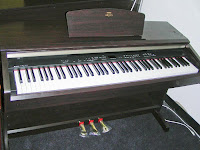 |
| YDP181 |
As far as the Yamaha YDP181 goes, it’s really quite basic (same cabinet & sound system as the V240) and has almost none of the functions of either the Yamaha DGX660 or YDPV240. But it was not built for that as it’s main purpose is to give you a good replacement for an upright piano which is what it tries to do and is certainly much better in that way than the other two Yamaha pianos. However the YDP181 does not have a USB ipad/computer output connection on it which is a big drawback in my book. Even the YDPV240 and lower price DGX660 has the USB connector so that is a good thing. If you have not seen the latest available music & piano educational apps available for the iPad, then you should. They make learning and practicing fun and enjoyable while speeding up the learning process dramatically.
 |
| Casio PX860 |
In addition to the new Casio PX780 piano, Casio has its top of the line Privia piano model called the PX860, which at just $999 internet discount price, is a huge competitor now with the Yamaha YDP181 in nearly every way, and it’s $600 less too. Yes, Yamaha does have the more popular name in pianos (they make great acoustic grands & uprights), but name isn’t what you will be playing…it’s the piano itself and with that in mind check out the new Casio models because I think you’ll be impressed. Go here for my Casio PX860 review: Casio PX860 Review
At the end of the day you can be happy with any of these digital pianos because they all do a good job. But some are just better than others in their price range and that’s what you need to be aware of when you make a purchase decision. At the rate digital piano technology is going, regular acoustic upright pianos may become a thing of the past one day and it’s just a matter of time. But until then, acoustic pianos are still a great investment and can be a very enjoyable playing experience although they have high upkeep costs, are heavy, loud, and cannot be played with headphones, nor can they be connected to laptop computers or iPads. No wonder digital pianos are far outselling acoustic upright pianos these days:)
For more info on digital pianos and how to get one of these models for LESS than any advertised US price on the internet, please contact me at tim@azpianowholesale.com or call direct at 602-571-1864
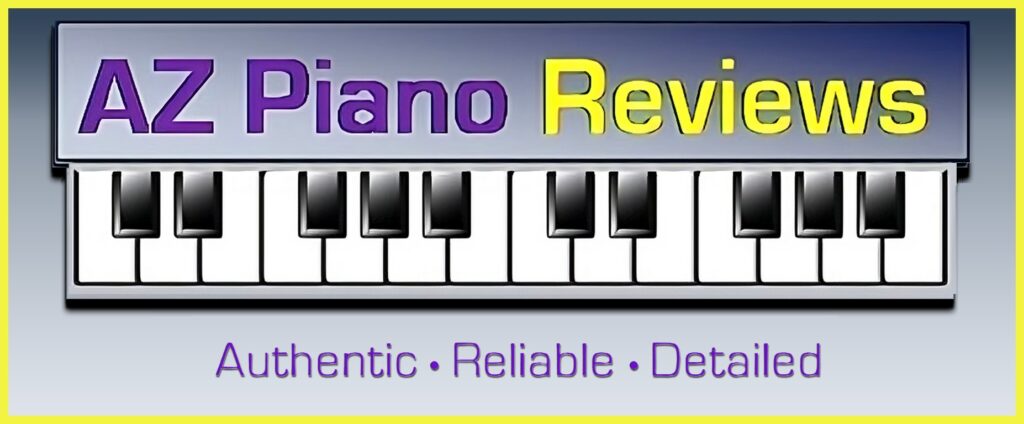





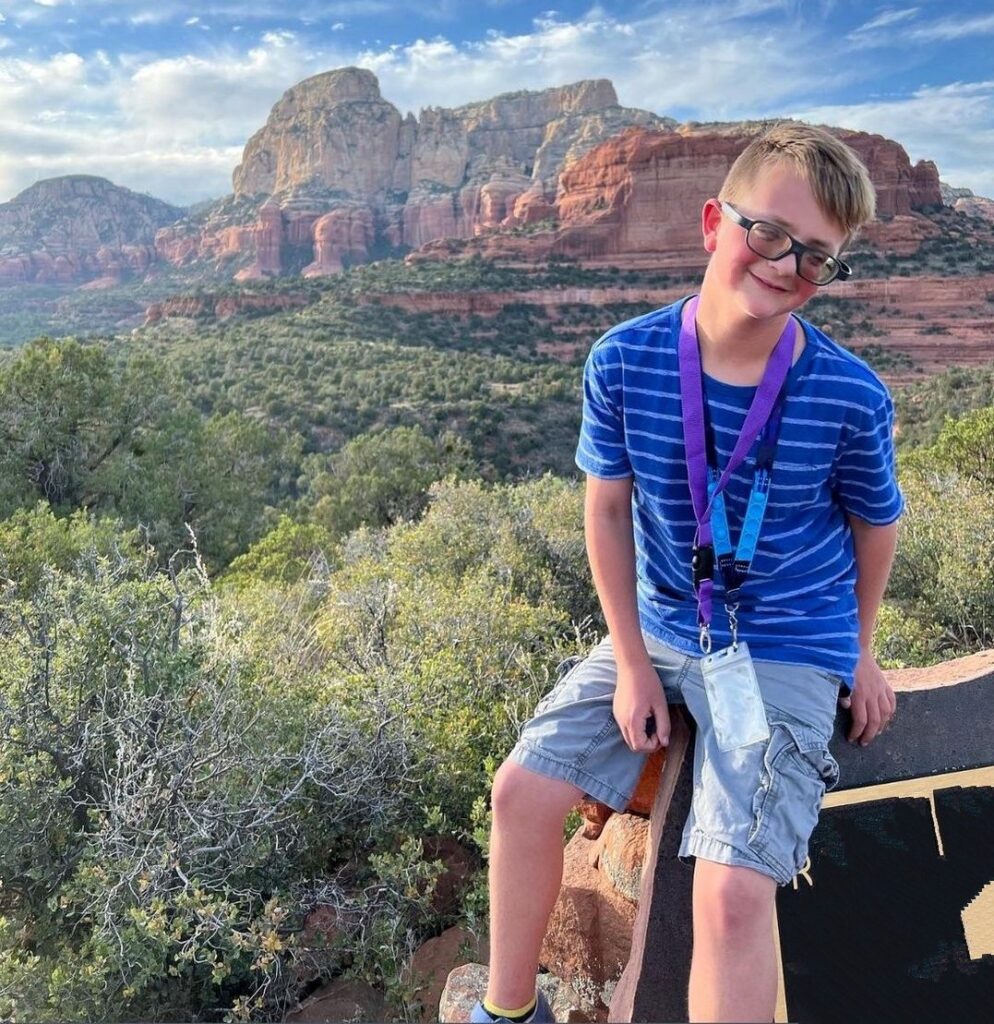
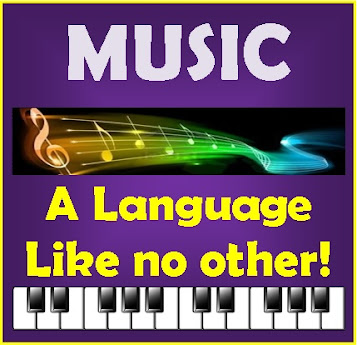
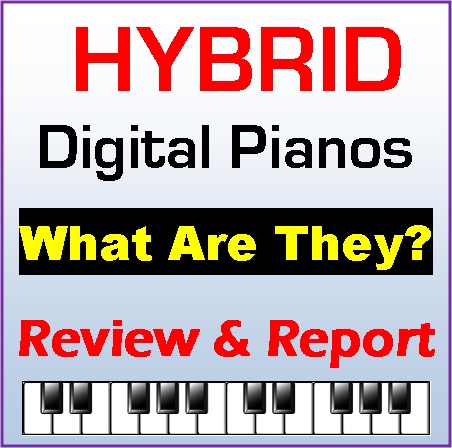
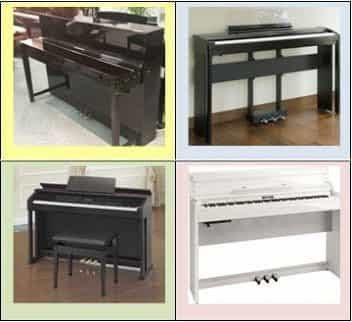
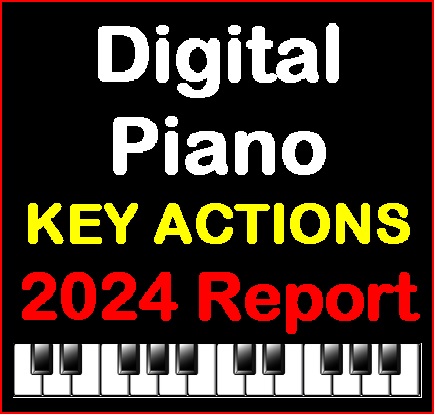
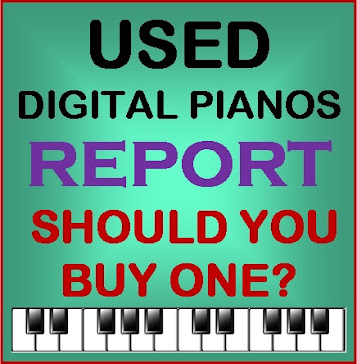
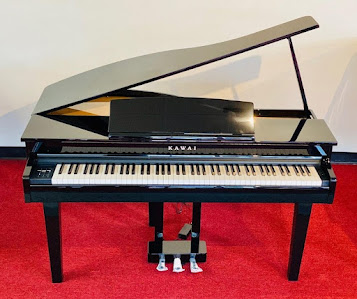
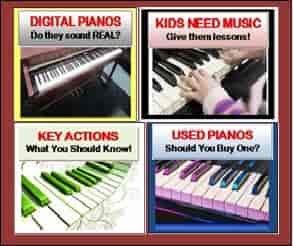
Hi Tim
I was just about to buy a piano to my children, and I was hesitating between the YDPV240 and the AP620. It's really end up to all about sound…
How do you find the differences between what is eventually two new "sound systems" which are composed of both the translation of keyboard response and the sound processing/sampling that had been used?
Thanks in advance
U
Brussels
Belgium
Hi Uri,
Thanks for asking. The new Yamaha YDPV240 is basically the electronics and control panel of the lower priced DGX630/640 in a YDP piano cabinet. The DGX640 will be the new improved version of the DGX630 when it comes out here. The YDP key action is the standard version and not the better one found in the new YDP161. Also the V240 has less speakers and a less audio power than the Casio. The Casio AP620 has a new stereo piano sample that gives it a more authentic piano tone with more natural overtones and resonance. Also, I like the new ivory feel keys very much.
So in my opinion, the Casio has improved piano tone, more realistic touch, and smoother & greater dynamic range for the piano tones. I also think the AP620 cabinet is much more attractive and functional. I hope that helps. Yamaha is a very good product but I think Casio has them beat this year and for less money too.
Shalom, Tim
P.S. You have a beautiful family
Hi Uri; thanks for the nice review. I've played acoustic piano for years, by no means professional, but have a lot of fun w/ music. I find myself in an apartment these days instead of a house, so we loaned out the Baldwin and I'm considering either the Casio Privia PX3 or the Yamaha DGX640. Now, maybe I didn't read close enough, but are you saying you'd prefer the Casio? From the technical aspects, the Casio seems superior, more flexibility in connections, more polyphony (twice!) etc… What would you recommend as a good setup to play through in absence of onboard speakers of the Casio. (I doubt it'd sound very good using my guitar's Marshall! LOL),
thanks,
Mike
Plano, TX
Actually I think you meant to ask me (Tim) your question. The Casio PX330 is really the better comparison with the DGX640 and it has on-board speakers. The PX3 is the pro controller keyboard version of the PX330 with no on-board speakers. I like the PX330 or PX3 better than the DGX640 for size, weight, touch and tone. If you want the PX3, hooking up to small external speakers is inexpensive and easy.
Based on my trip to the local store, I was leaning more towards the Yamaha rather than the Casio. I compared the YFPV240 against the AR420 (they didn't have the AR620) which should be a reasonably fair comparison, since as far as I can tell the AR420 has smaller speakers and no display, but both have the AiF sounds and Ivory Touch keyboard.
I found the Casio to be uninspiring, not bad but nothing special. I was however really impressed with the YDPV240. The keys felt just right, the craftsmanship was very nice, the finish was elegant, it just looked and felt "right".
So all specs aside, I guess you just have to play both and choose for yourself. I'll definitely check out the AR620 and compare the two, but the only thing I didn't like about the YDPV240 is that the price is a bit on the high side.
Of the models I tested, I was torn between the Roland's and the Yamaha's, the Casio was a distant third.
Maybe I'm just having trouble shaking the Casio's Kia reputation and status in the piano world.
But unless I find some great deal somewhere or something really impressive arrives at the same price point, I'm pretty much sold on the YDPV240 at this time.
Thanks for your comment. Yes, I also do like the Yamaha V240. It is a very nice piano and is much different in touch and tone than the Casio. However, the better comparison is to put the Yamaha up against the AP620. Unfortunately the AP620 is not available in the states right now and won't be until probably late July because they have all been sold everywhere. The AP620 is $400 less than the V240 and I think it is inspiring and better looking than the V240. However, sound and touch are quite subjective so it always comes down to one's opinion as you say. I like to compare digital pianos through a good set of headphones to get a true comparison of tone. Sometimes just adding a small, external powered speaker system to a digital piano makes all the difference and that can be done at a very low cost. I have done this many times on various pianos and it can make a huge difference in not only audio power, but in quality of tone. As for Roland pianos, I like them very much but to get all the additional features of the Casio AP620 (and the V240) in a nice cabinet, you'd have to spend thousands of dollars.
I wish you success in finding the "right" piano for you.
Thanks for your reply Tim. I went back to the music store and confirmed much of what you mentioned already. The AP620 is nowhere to be found yet and there are no digital pianos with comparable features to the V240 at a price point that is even close. A comparable Roland is thousands more.
I noticed that adding a set of $300 monitors to almost any digital piano can transform it from bland or ok to excellent as far as sound and realism is concerned. I can make a $1k piano sound like it cost several thousand more.
This is not really surprising since the higher model pianos (and pricier) come with bigger speakers and amplifiers which might exaggerate the difference between models.
In many cases, several models of the same series have identical sound samples and chipsets, but the speakers grow in size and quality with price and features.
Once you find a quality keyboard you like playing, expanding the sound is in many cases as simple as connecting a new module to the MIDI port on your existing piano and the sound from the module to your monitors and you can use an older model piano you like the keyboard feel on with the latest sounds from any manufacturer you like, a Roland keyboard with a Yamaha module, a Kawai with a Kurzweil module, with the MIDI standard, any combination is possible.
I look forward to taking a look at the AP620, but I compared several models again today against the V240 and so far, there is no competition currently on the market as far as price and feature comparable to it from anyone else.
I recently embarked on the journey of finding a digital piano for my wife for her birthday. She plays by ear and learned to play on a traditional upright piano; so it was important for me to find something with a realistic key/hammer feel. She also likes to utilize many of the features that a digital piano offers (tones)… so I wanted to make sure there were plenty of options that she can grow with. She also likes to play loud and sing, so I needed to be sure it had enough volume while maintaining a clean sound. And last but not least, a sharp cabinet that will enhance our home was also an important consideration.
After looking at Yamaha and Roland pianos for a few weeks, I was "set" on buying the Yamaha YDPV240… even though the cabinet was just "OK" (it looked kinda cheap). I went to a local store and tried it out and loved it, but still had that hesitation because it just didn’t seem to be worth $1,800 when I could pay a little more for a better quality piano. A little more kept adding up though and I really wanted to stay down around $1,500. During my reading, I ran across this article and a several more that covered the Casio AP620. I watched a few YouTube video demos on it, read the specs and long story short, I went out on a limb and ordered the Casio AP620.
I made the right decision by a mile! My wife absolutely loves everything about the new AP620. And the black cabinet looks fabulous in our home (the case is one of the best I have seen on the pianos I looked at under $5k). The feel is impressive and slightly heavier than the V240 and is very realistic when compared to a traditional piano. The sound is amazing with the 4 speaker system (2 underneath and 2 on top facing the player). The highs are crisp while the lows will vibrate the room like a true bass string. The sound fills our 3,500 sq. ft. home with a beautiful tone… the sound has impressed me the most. The interface was very easy to figure out and in a couple hours she was combining tones, and doing other things that I don’t even understand.
Anyway, I just wanted to come back here and share my journey in case you are considering these two pianos. Best of luck in your search!
Hi Tim,
I'm planning to pick up a DP for my daughter who's been learning keyboards for about 3yrs.
Wanted her to learn piano and was looking for a decent entry level DP. Choice is between Casio and Yamaha….
I'm looking for the following:
1. A proper piano action of a Acoustic Grand
2. A decent sound, and
3. Rythm/auto-accompaniment….
I've read that the Casio PX330/AP620 models have Linear Morphing AIF(4 layers) from a Grand Piano, Tri-sensor Scaled Hammer Action keys, 180 Rythms….
Would like to know if:
1. Casio AIF Linear Morphing AIF(4 layers) from a Grand Piano is similar to Yamaha CFIIIS(4 layers) Grand Piano samples
2. Casio Tri-sensor Scaled Hammer Action keys is similar to GH3 of Yamaha…
The answer as to which is the superior technology for Sound and for Key Action would help me choose. Auto-accompaniment would be a must in any case…
The PX330 seems to be the only model in the sub $1000 category which seems to have proper piano action (important for any student), a good piano sound and Auto-accompaniment (to add fun and keep in touch with the keyboard roots). This combination is otherwise only available in the Yamaha CVP 503 models up and the Casio AP620.
Thanks….
Regards,
Brian
Hi Brian,
It would appear you have already answered your own question. Spend a great deal more money for a Yamaha CVP model which does have superior technology overall (in my opinion), or a lot less money for the Casio Celviano AP620, or even the polished ebony version of the AP620 which is called the AP6, which has excellent technology for it's much lower price. The Casio Celviano performs very nicely, sounds great, has a solid weighted piano action with ivory feel keys, attractive cabinet, and has the arrangement and educational features that you are wanting. As for actual discount prices or other details, you are welcome to leave your number on my email and I would be happy to call you and discuss. By the way, where do you live?
Regards,
Tim
I have been looking for a piano here in Europe. My children liked the Yamah DGX 640 for all the bells and whistles. I was looking at the Arius 140 for the looks. Both were comparable in price.
As I was reading reviews on the DGX 640 I found that it came in a cabinet and could satisfy the whole family. Then I came upon your review and started researching the Casio AP620.
I went to the piano stores in my area. I played both the 240 and the 620 and really liked the feel (compared to the Arius 140 I also tried–yuck). I couldn't really tell the difference between the 240 and the 620 in sound and feel and the price is comparable.
When I asked the piano salesman his opinion, he told me the Yamaha was better because it was Yamaha. He didn't know anything about the Casio. A salesman in another store said that due to the problems in the past, they no longer carry Casios.
What are your thoughts.
Julie
Hi Julie,
Thank you for your comments and questions. The Casio Privia & Celviano pianos are very popular here in the States and many people are buying them. For their price range, in my opinion they are the superior piano for all aspects of digital pianos. They sound great and play great and the AP620 and PX330 are especially popular. Yamaha make s very good acoustic pianos and they started out as a acoustic piano manufacturer, but Casio started out and is well known throughout Europe and Asia as an electronics manufacturer. They are obviously popular for their calculators, watches, digital cameras and electronic keyboards among other things so they know how to build good, reliable products for low prices, Their new line of digital pianos is so good that Yamaha dealers here are afraid of them because the Yamaha's are having a difficult time of competing in the lower price ranges (under $2000 US). So I am not surprised that a Yamaha dealer in your area would say negative things about them. Yamaha and Casio are both based in Japan and are fierce competitors and this year Casio simply has the better product in it's price range. If you can get an AP620 for a good price (they are $1399 here), then that's the one I would purchase.
And by the way, if a dealer tells you he doesn't carry Casio because they have problems and Yamaha doesn't, then he is not being honest. There is no perfect piano. Occasionally a piano (no matter what brand it is incl Yamaha, Steinway, Roland, Casio, etc) will need service. Sometimes that just happens, but it is rare. Japanese companies usually build reliable instruments so no matter what you get, they will usually take care of you.
Tim
Hi Tim. This review is very helpful. I was comparing a Px330 and a DGX 640 and noticed something significantly different in their actions. Specifically, the Px330 (and px-3)allowed for a lot of lateral movement on the black keys where the Yamaha did not. In other words, you could jiggle them left & right as you pressed down on them. I'm not sure what this means, exactly, and see that it could be a good thing, perhaps, Did you notice it and could you comment on it?
Many thanks,
Todd
There is additional lateral movement on the PX330 as compared to the DGX640. However, this has not and does not inhibit playing the keyboard. The keys do not actually jiggle when playing and don't move laterally in any excessive way when playing. There are many PX330 owners including churches and professionals that I have worked with and I do not receive any negative comments from these people concerning the key action or movement of black keys from right to left. As for the DGX640 piano, it uses the lower priced Yamaha GHS action which is quite noisy and keys do rattle from time to time when being played. So every keyboard has it's own personality.
Hi, Tim,
Todd refers to lateral movement of the black keys on the PX-330. This would be a positive feature for me because of my large hands. On some digital pianos, when I play between the black keys, the keys are so close or tight that my fingers sometimes cause the black keys to sound.
Thanks,
Bill
HI, I have played all the mentioned brands and ran across a Galileo from Italy VP121in high gloss ebony. It sounds great and I would be able to get new for $2000 here in the USA. What do you think?
If you want specific advice on another piano like the Galileo, please email me at the address at the bottom of this blog article and I can help you.
Thank you, Tim
Hi Tim
Thanks for all the valuable advice.
I recently bought a Yamaha DGX640 and while I am generally satisfied with my purchase, I have noticed that the 3 piano voices are a little "dull" in my opinion, as if the high frequencies are missing.
From your experience is this a problem particular to this model, or is it just the price one pays for not not investing in a more expensive piano?
All the other voices (guitars, flutes, organs, etc) sound loud and crisp, it's just pianos that sound a bit hypo-tonic.
This is my first electronic piano so I would appreciate your opinion.
Thank you in advance.
Elias,
London
The Yamaha DGX640 digital piano you own is limited in that way (duller piano tones). The electronic sensors and tone reproduction of that model cannot do any better than what you hear. However, the Casio Privia PX330 which is the comparable model, has a much more responsive and sensitive piano tone because of it's technology although tone & touch are obviously subjective to some degree. A person's musical enjoyment is always based on one's expectations.
There are no sustain/decay adjustments on these pianos. They are what they are, for good or for not so good. Once you get around $1500 or more, then there are digital pianos that not only sound and play better, but the character of the sound and sustain can be edited and changed in many ways.
Tim, Thank you for this informative comparison between the Yamaha DGX640 and the Casio PX330. Today I played both keyboards for an extended period and although I like all the features of the Yamaha, the sustain of the piano voices seems to decay at an rapid unnatural rate. I couldn't find an adjustment, can it be changed? The PX330 seemed to have a more natural sounding acoustic reproduction and did not seem to have the rapid fall off of the piano voices. I would value your opinion.
If you want more info or advice on digital pianos and how to get them for less money, just email or call me directly.
Thank you, thats very interesting information. I need to share with my friends.Piano Lessons san mateo
Interesting and. It important information is really beneficial for us. ThanksPiano Lessons san mateo
Dear Tim,
I've read all the questions and answers. I want to have a digital piano with a limited budget and my choices are only YDP 161 and DGX 640.
I really need your suggestions. I play music at church and I sometimes arrange music. Which one is suitable. Thanks and Jesus bless.
Yonathan
Bandung City
Indonesia
Im thinking of purchasing the Yamaha YDP v240, but I want to know if it can be hooked up to separate and bigger speakers.
It can be done using the headphone jack output (there are no stereo line outs) but it also depends on what external speaker system you would be using as to how it comes out. It could be good or bad, depending.
umm,I would like to ask …is that this piano can let me learn till piano grade 8? I'm sitting the piano test.Can anyone recommend me any digital piano that's suitable to learn till grade 8?
i have purchased dgx 640 for my 8 years old daughter for her piano lessons .she takes her lessons in grand piano. she is a beginner.is it enough for her now?or should i buy another piano with gh or gh3 touch? and if it is enough now when should i replace this piano ? thank you
The Yamaha DGX640 is more than enough in the beginning (approx 2 years or so) for an 8-year old student. It would also be helpful to your daughter if you had the optional Yamaha 3-pedal unit added to the piano, assuming you don't have it already. It allows for better pedal practice and piano playing. I wish your daughter musical success.
thank you . the 3 pedal unit was purchased with the piano. so GHS touch is very enough for her now and after about 2 years i should replace it to GHE or GH3. but what about reviews that say that GHS is very light and may make bad habbits in future.
Recently, I heard that there were recalls of the YDP-v240. Is this true? The faults were that there were some keys issue.
Hi Tim, Thanks for the great reviews! I am very interested in the Casios PX780 or PX850. I like the 850 better because of th 256 polyphony and half-pedal capabilities, but as far as I can see it lacks the different instrument options the 780 offers. Is there not a model with the best of both worlds? Maybe there is an easy way to provide the 850 with additional instrument options through the Midi from a computer? Not sure how difficult such a set-up would be if it is possible at all. Thanks for your help in advance!